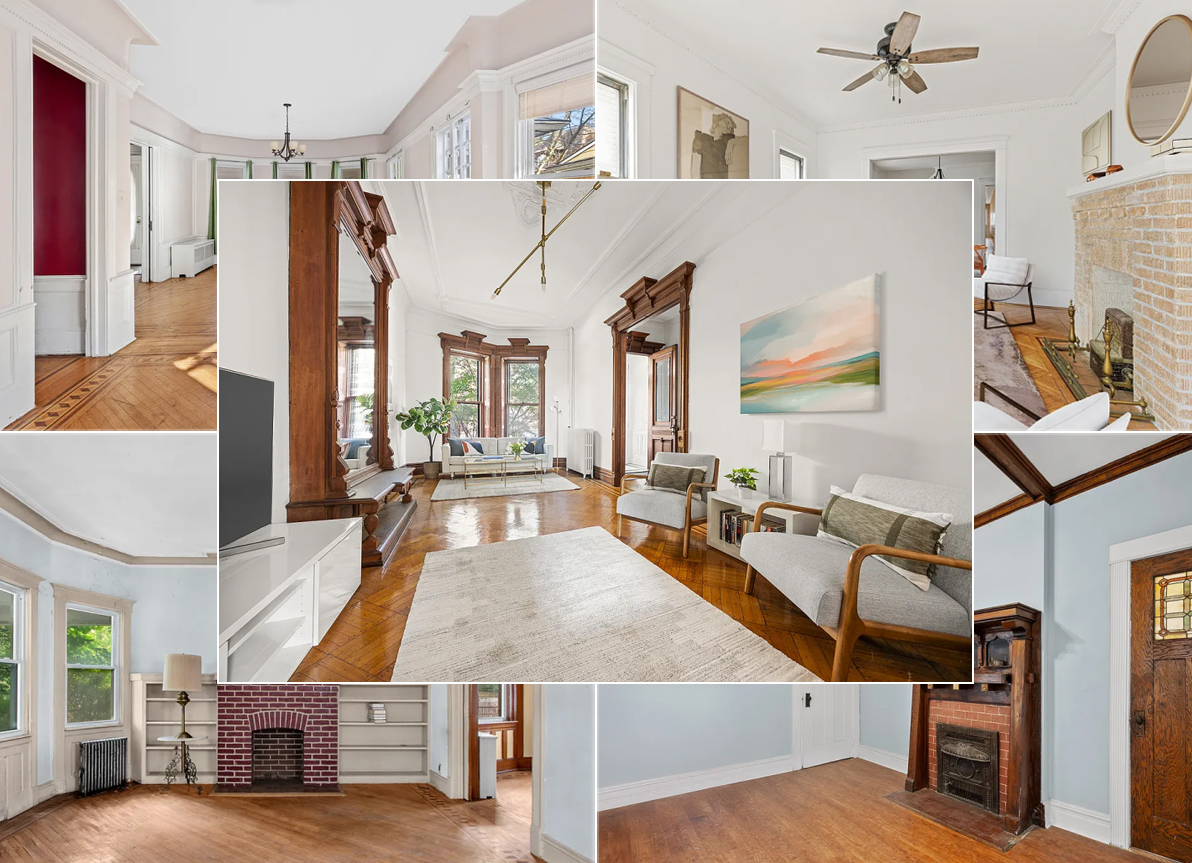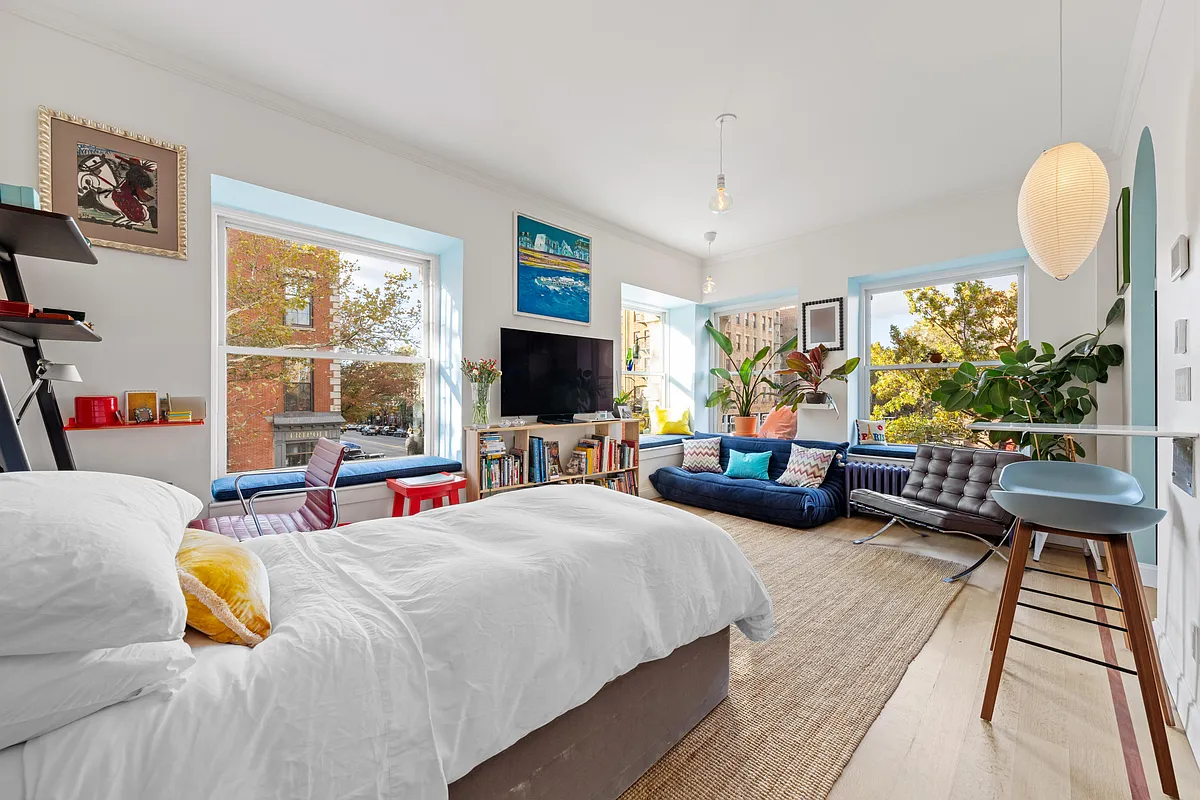Friday Blogwrap
Grand Avenue, Clinton Hill. Photo by boogaloo66. Water Taxi Lives On in Williamsburg’s Hopes & Dreams [Curbed] Mayor Marty Markowitz Does Have a Nice Ring to It [Gothamist] Fokused and Plasma Slugs Exhibition [Dumbo NYC] Ikea Hiring Starts Next Week [Gowanus Lounge] Bushwick Apartment Roundup [Bushwick BK] Bed-Stuy Real Estate Picks [Bed Stuy Blog] First…


Grand Avenue, Clinton Hill. Photo by boogaloo66.
Water Taxi Lives On in Williamsburg’s Hopes & Dreams [Curbed]
Mayor Marty Markowitz Does Have a Nice Ring to It [Gothamist]
Fokused and Plasma Slugs Exhibition [Dumbo NYC]
Ikea Hiring Starts Next Week [Gowanus Lounge]
Bushwick Apartment Roundup [Bushwick BK]
Bed-Stuy Real Estate Picks [Bed Stuy Blog]
First Look: A.P.C. Surplus [Racked]





Well, I love brownstone streets (can walk around the brownstone neighborhoods just looking at the buildings for hours, and lived in one for 20+ years and always loved the visuals of my daily walking), but I agree that in older pics (up to mid 1900s, not just when they were built), they look incredibly boring and stultifying.
To me, it is the lack of trees in those old pics that make the houses look so desolate. The trees make our ‘hoods what they are, as much as the brownstones, especially the gib ole London planes. Secondarily, there has been some variation introduced in the repair and renovation over the years, which, while not always the most tasteul, does tend to make things more interesting to the eye – breaks up the sameness to see a stoop gone here, a new railing there…
Brownstoner what about the 6 mths follow up of HOTD feature?
My house is featured and I live on Grand Avenue in CLINTON HILL not Bed-Stuy on Grand Street.
Actually, guest 8:07, Edith Wharton wasn’t right about everything. What you apparently fail to understand despite your stature as a historian is that the people who first built these brownstones–despite the buildings’ uniformity in some ways on the outside–were actually radically eclectic in their taste. Which I think is really interesting and cool. The insides (and to an extent, the outsides), while at first glance appearing rigid and in lockstep, are in reality a riotous combination of styles–Italianate, Neo-Grec, etc.–all selected from catalogues by the original buyers. Check out Bricks and Brownstones if you want to understand this a little better.
Hey, you can love ’em or hate ’em, and I wouldn’t want them to be the only architecture in the world. But tarring their aficianados as dull and narrow-minded is selling them a bit short.
I love corsets, and I love brownstones.
Long rows of identical houses like this is what Edith Wharton and other 19th century writers hated. To them, these were the Fedders of their day. Uniform, unrelentingly orthodox and strictly bourgeoise. They are a physical reminder of a time that was emotionally and socially rigid beyond our understanding.
Corsets and stoops. Today, its quaint and even defiant of modern convention but for me, a historian, I see the rigidity and narrow-mindedness of the time. The fear of the slightest deviation from accepted taste and “good form”. It must have been stultifying.
^^thanks. I thought so.
Thats Grand AVE, not St.
Grand St looks nothing like that.
First, the Dutch
then Italians built them,
the Irish helped.
And, then the Swedes built Ikea.